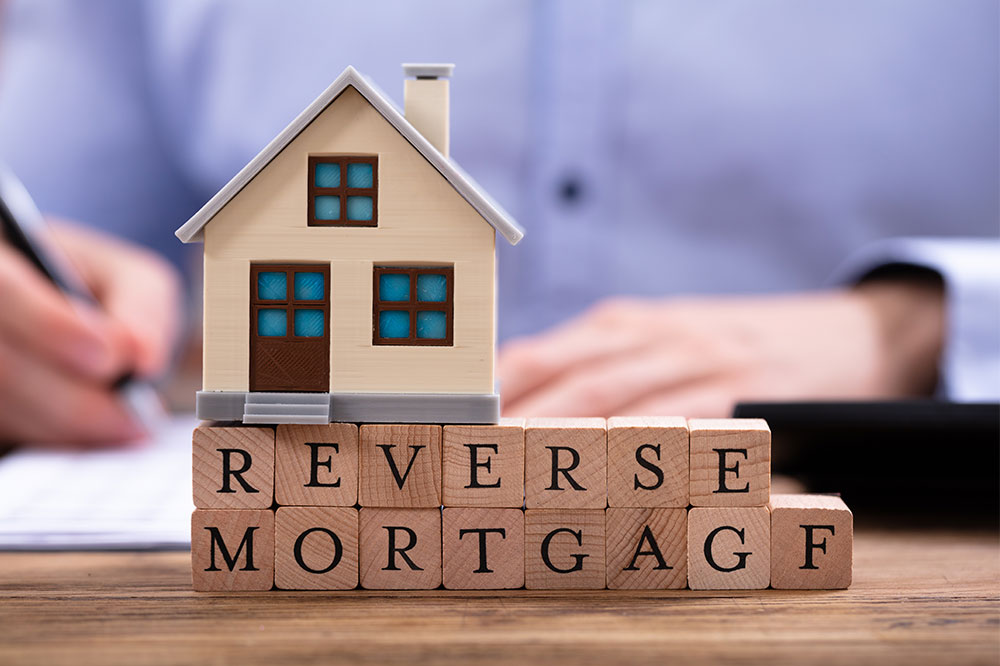Harnessing Reverse Mortgages for Retirement Funding
Discover how reverse mortgages serve as a practical financing tool for retirees, allowing access to home equity without monthly repayments. Learn key considerations, eligibility, and operational basics of reverse mortgages to plan your retirement better. This guide helps seniors understand the process and implications of leveraging their home equity for financial stability in later years.

Harnessing Reverse Mortgages for Retirement Funding
Retirees who own their homes outright are increasingly turning to reverse mortgages as a financial resource. A reverse mortgage enables homeowners to borrow against their home equity without the need for regular repayments, provided they continue living in the home and do not sell. Many seniors use this option to supplement their retirement income and achieve their financial goals.
Before opting for a reverse mortgage, consider these essential points:
If a homeowner chooses a reverse mortgage, it must be the only debt secured by that property.
Existing loans on the property must be settled unless prior lienholders agree to subordinate their claims to the reverse mortgage.
Typically, the value and age of the property influence the loan amount, with higher-value and older homes qualifying for larger sums.
Loan sizes tend to be greater for older homeowners and properties with longer histories.
Lenders may require repayment of the reverse mortgage if the homeowner:
Obtains additional loans against the property.
Declares bankruptcy or commits fraud.
Adds a new owner to the title.
Abandons the property.
Fails to pay property taxes.
Changes zoning regulations.
Sublets part of the property.
Neglects property insurance.
Neglects property maintenance, leading to condemnation.
Here’s a quick overview of how reverse mortgages operate:
The lender disburses payments directly to the homeowner based on the home’s value.
The loan amount is computed as a percentage of the home's assessed value.
If the homeowner moves out, they can sell the property to settle the reverse mortgage.
Upon the homeowner’s passing, family members can choose to sell the home or refinance the loan to retain ownership.
The lender may sell the property after death or sale to recover the remaining loan balance.










